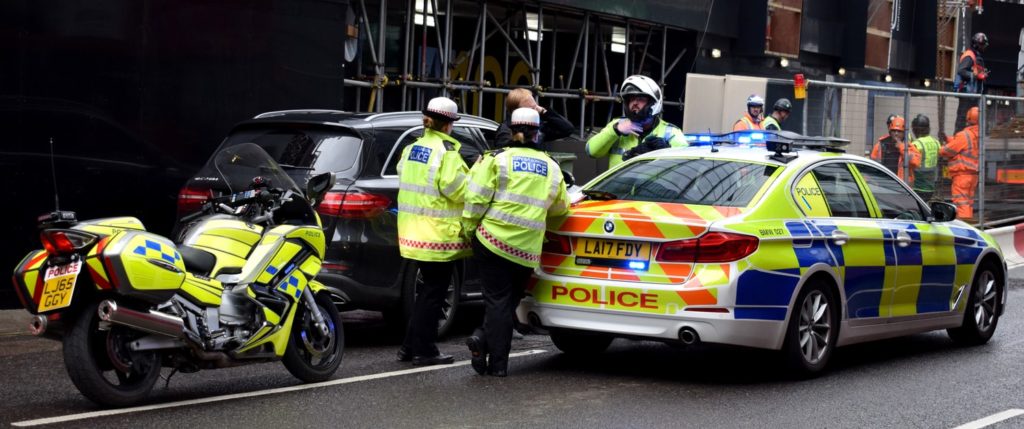
Photo provided by courtesy of Pixabay.com
By Jonathan Veres, Staff Writer
Second-year law students studying criminal procedure spend hours readings landmark cases involving the Fourth Amendment. Mention Terry v. Ohio, or Katz v. United States, and you might catch an eye roll from a 2L. But, mention Commonwealth v. Hicks, and you will more than likely catch a confused look followed by a sharp glare. Try not to worry, because Hicks might be the next, major Fourth Amendment criminal case the Supreme Court decides, and it grew from right here, in Allentown, Pennsylvania.
In this landmark case, overturning four previous Pennsylvania cases, the Pennsylvania Supreme Court ruled that the mere possession of a firearm does not create reasonable suspicion to warrant a stop by police officers. [1]
On June 28, 2014, Allentown police officers arrested Michael Hicks, the named defendant, after a remote camera operator spotted Hicks showing his firearm to another patron at a convenience store.[2] Based solely off this information, the remote camera operator notified the police, who then arrived on scene to investigate Hicks.[3] After doing so, the police noticed the smell of alcohol coming from Hicks, searched him, and soon discovered that he also possessed a small amount of marijuana, at which point they arrested him.[4] Notably, the police never charged Hicks with any firearm related offense, as they determined he was licensed to conceal carry a firearm.[5]
The officers charged Hicks with DUI, general impairment, possession of a small amount of marijuana, and disorderly conduct.[6] Hick’s filed an omnibus pre-trial motion to suppress the evidence from his stop and to dismiss the charge of disorderly conduct.[7]The suppression court granted his motion to dismiss, but denied his motion to suppress, citing Commonwealth v. Robinson, 600 A.2d 957, 959 (Pa. Super. 1991), which ruled that the “possession of a concealed firearm by an individual in public is sufficient to create a reasonable suspicion that the individual may be dangerous, such that an officer can approach the individual and briefly detain him in order to investigate whether the person is properly licensed.”[8] The Superior Court affirmed the suppression court’s decision, relying on this Robinson Rule.[9]
The Hicks opinion starts by stating that “an individual licensed to carry a firearm may do so in public, openly or concealed, within a vehicle or without, throughout every municipality in Pennsylvania.”[10] This summary of the law provides the basis upon which the court rests its analysis and ultimate conclusion, stated simply as: “When many people are licensed to do something, and violate no law by doing that thing, common sense dictates that the police officer cannot assume that any given person doing it is breaking the law. Absent some other circumstances giving rise to a suspicion of criminality, a seizure upon that basis alone is unreasonable.”[11] This decision adamantly says that its analysis “is confined to the antecedent justification for a ‘stop,’ and [it] accordingly offer[s] no opinion as to whether a police officer who has [lawfully stopped a suspect], may treat the suspect’s possession of a firearm as per se authorization to ‘frisk’ . . .”[12]
While Hicks was found guilty in a non-jury trial of DUI, the jury is still out on the future for this case.[13] The State filed a Petition for Writ of Certiorari with the Supreme Court of the United States on October 1, 2019. No news, as of yet, as to whether the Supreme Court will hear arguments on this decision, but Criminal Procedure 2Ls, and those having taken the class, may see a new case added to the readings, one from right next door in Allentown, PA.
[1] Commonwealth v. Hicks, 208 A.3d 916, 947 (Pa. 2019).
[2] Id. at 922.
[3] Id.
[4] Id.
[6] Id.
[7] Id.
[8] The Pennsylvania Supreme Court refers to this as the “Robinson Rule.”
[9] Id. at 923.
[10] Id. at 926. The court acknowledges as well, that, “no license is required in order to carry a firearm openly on one’s person. Id.
[11] Id. at 946.
[12] Id. at 934.
[13] Id. at 923.